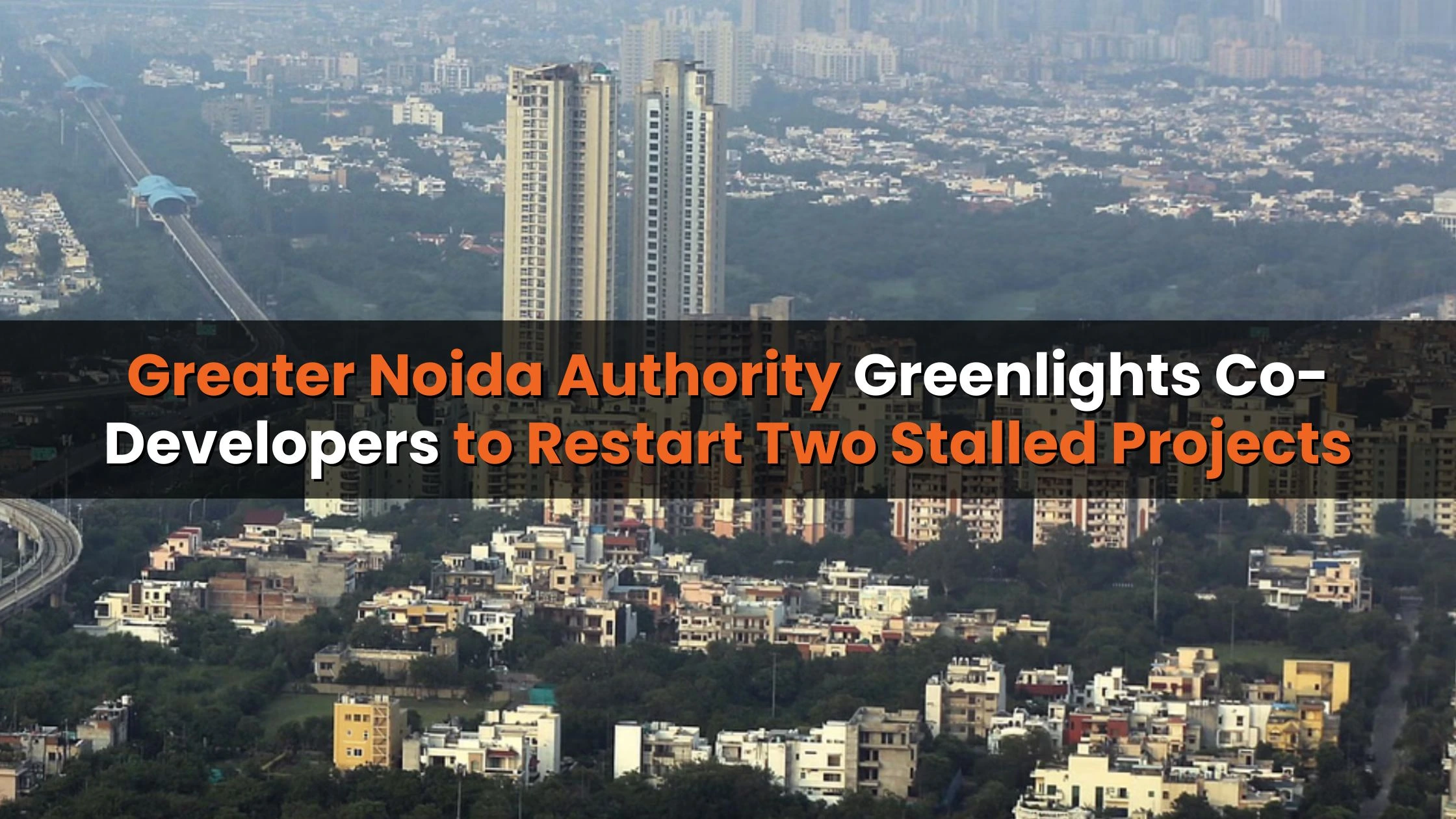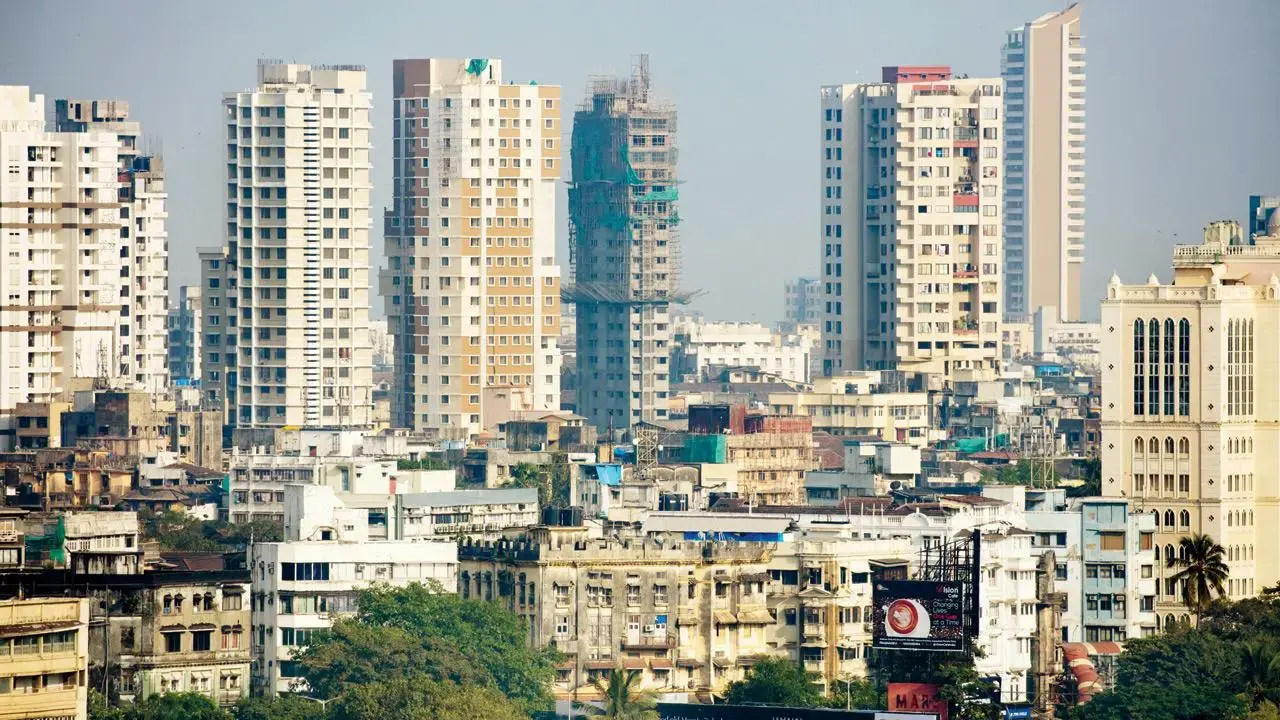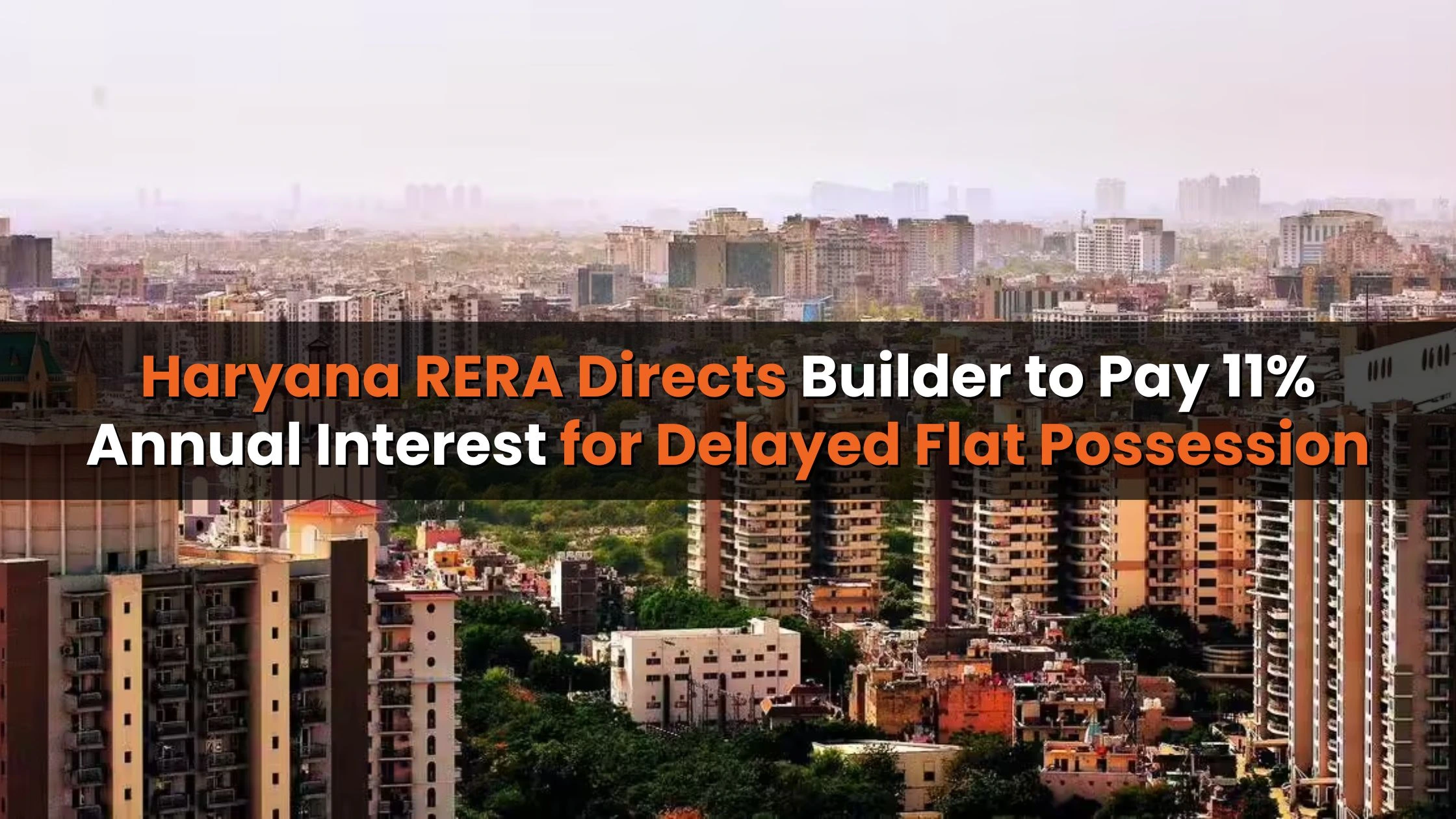Table of Content
In recent years, housing options for the middle class in India's top metropolitan cities—Delhi, Mumbai, and Bengaluru have become increasingly unaffordable. Soaring real estate prices, stagnant income growth, and rising living costs are pushing the dream of homeownership further away for many urban families. Conversations on platforms like Reddit have echoed this growing sentiment, with users sharing personal stories and debating whether renting is a better option in the current economic climate.
Why Homeownership Feels Like a Distant Dream
According to recent estimates, the average price of a decent 2BHK flat in Delhi, Mumbai, or Bengaluru ranges between ₹1.2 crore to ₹1.7 crore. However, the median annual income for an urban household is only around ₹7–8 lakh. Even for double-income households, the possibility of saving enough for a down payment while managing rent, daily expenses, and rising inflation seems almost impossible.
This stark mismatch between earnings and property prices highlights a major affordability crisis. While housing options for the middle class exist on paper, most are financially out of reach for the average family.
Also Read: Boost to Mumbai Real Estate as MMRDA Allots New Plot to NSE in BKC
The Rising Cost of Urban Housing
Let’s look at each of these cities:
- Mumbai: Real estate in the city has always come at a premium. A decent apartment in the suburbs like Andheri or Ghatkopar can cost upwards of ₹1.5 crore, even if the property is more than 15 years old.
- Delhi: In areas like South Delhi or West Delhi, even 25-year-old societies with minimal amenities are now priced around ₹1.7 crore. This price point, for homes needing renovation and lacking modern infrastructure, is driving away potential buyers.
- Bengaluru: Once seen as a relatively affordable metro, Bengaluru’s rapid growth has resulted in inflated property rates. A modern 2BHK near Whitefield or Electronic City easily crosses the ₹1.2 crore mark.
Middle-Class Buyers Forced to Look Beyond City Centers
As housing options for the middle class dry up in prime city areas, families are now being forced to explore peripheral localities. However, moving further away from the city center often means compromising on key factors such as:
- Access to good schools
- Quality healthcare
- Proximity to job hubs and public transport
- Social infrastructure
This trade-off raises an important question: Is affordable housing really affordable if it comes at the cost of convenience and quality of life?
Is Renting the Smarter Option for Now?
Some Reddit users and real estate analysts suggest that renting might be a better strategy for now. Given the sharp rise in property prices and sluggish income growth, it may make more financial sense to rent a home and wait for a market correction.
A Redditor shared:
"Not sure if this is a 5% or a massive 30% correction, but it’s on the cards — look at the latest new sales data showing a 10-20% drop in new sales vs last year."
Waiting could offer the opportunity to buy at a lower price or at least avoid taking on heavy EMIs that strain finances for decades.
Cities Like Kolkata and Chennai Offer Some Relief
While housing options for the middle class are bleak in Delhi, Mumbai, and Bengaluru, cities like Kolkata and Chennai still offer a ray of hope. In these metros, a 2BHK flat in a decent area can still be purchased for around ₹70–80 lakh. However, even this comes with added costs such as:
- Stamp duty and registration
- Maintenance charges
- Cost of interiors and furniture
Moreover, many homebuyers complain about poor construction quality, delayed project delivery, and legal hassles, adding to the stress of homeownership.
Government Intervention: Is It Enough?
Various government schemes like PMAY (Pradhan Mantri Awas Yojana) and state housing missions aim to make housing more affordable. However, due to limitations in execution, eligibility criteria, and urban land availability, these schemes haven’t benefited a large portion of the urban middle class.
What’s truly needed is:
- Rationalised property pricing
- Better financing options
- Stronger buyer protections
- Incentives for developers to construct middle-income housing
Conclusion
The Indian real estate market is witnessing a widening affordability gap. Despite the rising demand for housing options for the middle class, high property prices in metro cities are pushing more families to either rent or relocate to tier-2 cities. Without substantial changes in housing policy, pricing regulation, and income growth, the dream of owning a home in Delhi, Mumbai, or Bengaluru may remain out of reach for much of India’s working population.
If you are planning to buy a home in the current market, evaluate your financial readiness, stay informed about pricing trends, and consider long-term costs beyond just the property price.
Also Read: Unitech Restarts Construction on Six Gurugram Projects After 10-Year Delay





_1764657403.webp)


Ans 1. Soaring property prices, stagnant income levels, and increased cost of living have created a wide affordability gap, making it difficult for the middle class to own homes in these cities.
Ans 2. A decent 2BHK apartment in these cities typically costs between ₹1.2 crore to ₹1.7 crore.
Ans 3. The median annual income is around ₹7–8 lakh, which makes homeownership in top metro cities financially challenging for most families.
Ans 4. Yes, many are shifting to peripheral or outer-city areas due to lower prices, but often at the cost of access to quality schools, hospitals, job hubs, and public transport.
Ans 5. Many experts and individuals suggest renting is a smarter financial choice currently, as it avoids long-term EMIs and provides flexibility during uncertain market conditions.
Ans 6. Cities like Kolkata and Chennai still offer relatively affordable housing, with decent 2BHK homes available around ₹70–80 lakh.
Ans 7. While schemes like PMAY aim to assist middle-class buyers, challenges such as limited eligibility, poor implementation, and high land costs in metros reduce their overall impact.
Ans 8. Additional costs include stamp duty, registration charges, maintenance fees, interior furnishing, and sometimes legal or project-related delays.